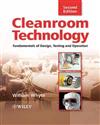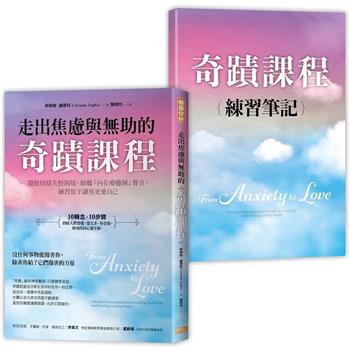A self-contained and practical book providing step-by-step guidance to the design and construction of cleanrooms, appropriate testing methodologies, and operation for the minimization of contamination… This second edition has been comprehensively revised and includes extensive updates to the two chapters that contain information on cleanroom standards and guidelines. The chapter on risk management has been extensively revised, especially the section on risk assessment. Other new subjects that have been added to the various chapters are those on clean-build, determination of air supply volumes for non-unidirectional airflow cleanrooms, RABS (Restricted Access Barrier Systems), contamination recovery test methods, entry of large items into a cleanroom, glove allergy problems, and how to develop a cleanroom cleaning programme. Used for in-house training and a textbook in colleges, this volume is for cleanroom personnel at all levels. It provides novices with an introduction to the state-of-the-art technology and professionals with an accessible reference to the current practices. It is particularly useful in the semiconductor, pharmaceutical, biotechnology and life sciences industries. William Whyte is an international authority in cleanrooms, with over 45 years experience in research, teaching and consulting in the electronic, healthcare and pharmaceutical industries. He is a member of British and International standards committees writing the International Cleanroom standards, and has received numerous awards for his work in Cleanroom Technology.
| FindBook |
有 3 項符合
CLEANROOM TECHNOLOGY: FUNDAMENTALS OF DESIGN, TESTING AND OPERATION 2/E的圖書 |
 |
Cleanroom Technology: Fundamentals of Design, Testing and Operation 2/E 作者:William Whyte 出版社:全華圖書股份有限公司 出版日期:2010-01-15 語言:繁體書 |
| 圖書選購 |
| 型式 | 價格 | 供應商 | 所屬目錄 | $ 1176 |
中文書 |
$ 1176 |
高等教育 |
$ 1200 |
專業工程學 |
|---|
| 圖書館借閱 |
| 國家圖書館 | 全國圖書書目資訊網 | 國立公共資訊圖書館 | 電子書服務平台 | MetaCat 跨館整合查詢 |
| 臺北市立圖書館 | 新北市立圖書館 | 基隆市公共圖書館 | 桃園市立圖書館 | 新竹縣公共圖書館 |
| 苗栗縣立圖書館 | 臺中市立圖書館 | 彰化縣公共圖書館 | 南投縣文化局 | 雲林縣公共圖書館 |
| 嘉義縣圖書館 | 臺南市立圖書館 | 高雄市立圖書館 | 屏東縣公共圖書館 | 宜蘭縣公共圖書館 |
| 花蓮縣文化局 | 臺東縣文化處 |
|
|
內容簡介
目錄
About the Author
Preface
Acknowledgements
Ch1: Introduction
Ch2: The History of Cleanrooms
Ch3: Cleanroom Classification Standards
Ch4: Information Sources
Ch5: Non-unidirectional Airflow and Ancillary Cleanrooms
Ch6: Unidirectional Airflow Cleanrooms
Ch7: Separative Clean Air Devices and Containment Zones
Ch8: Construction and Clean-build
Ch9: High Efficiency Air Filtration
Ch10: Cleanroom Testing and Monitoring
Ch11: Measurement of Air Quantities and Pressure Differences
Ch12: Air Movement Control: Containment, Visualization and Recovery
Ch13: Filter Installation Leak Testing
Ch14: Airborne Particle Counts
Ch15: Microbial Sampling
Ch16: Operating a Cleanroom: Managing the Risk from Contamination
Ch17: Cleanroom Disciplines
Ch18: Entry and Exit of Personnel
Ch19: Materials, Equipment and Machinery
Ch20: Cleanroom Clothing
Ch21: Cleanroom Masks and Gloves
Ch22: Cleaning a Cleanroom
Index
|











